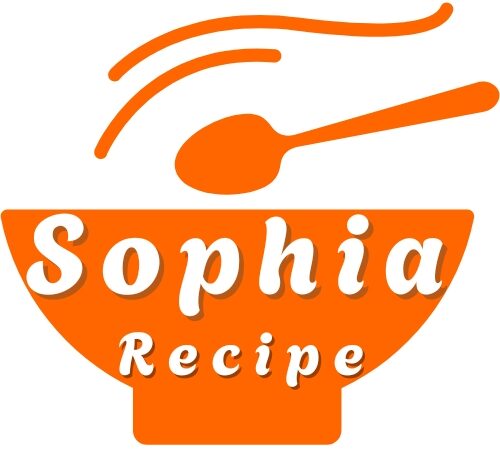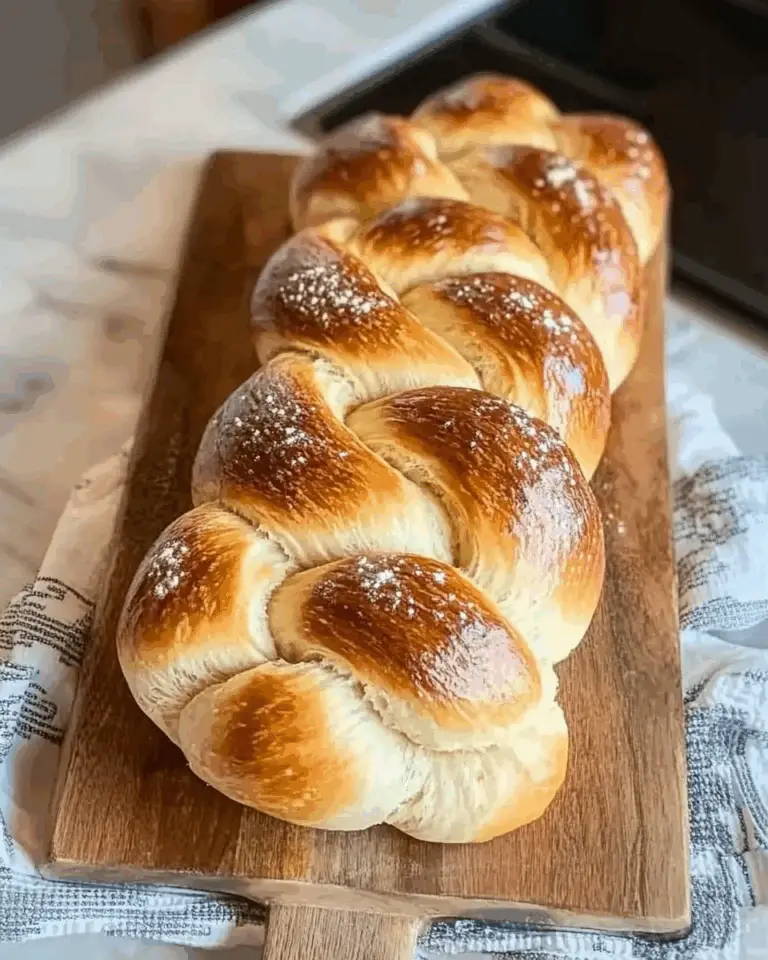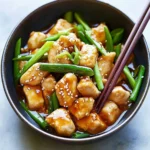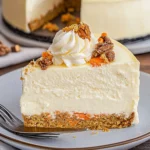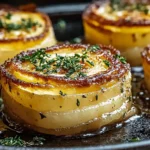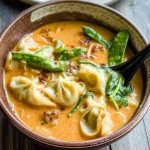A Bread Steeped in Tradition
The history of challah dates back centuries and is closely tied to Jewish customs. While the word “challah” originally referred to the small portion of dough set aside as an offering in the Torah, it has evolved to mean the braided loaf served on Shabbat and festivals.
The braided shape itself is symbolic—often representing unity, love, truth, or peace. It’s common to see three-strand, four-strand, or even six-strand braids, each with its own technique and visual appeal. While it’s a staple in religious rituals, challah’s comforting flavor and versatility have earned it a place at tables of all backgrounds.
Simple Ingredients, Stunning Results
One of the beauties of this challah recipe is its reliance on everyday pantry staples—flour, eggs, oil, honey, yeast, and salt. Despite the simplicity, the combination produces a wonderfully enriched dough that bakes into a tender, light loaf with a rich flavor and a touch of sweetness. The honey not only adds depth to the taste but also contributes to the golden hue of the crust.
A shiny egg wash and a sprinkling of sesame seeds on top give the loaf a bakery-style finish. The result is a soft, golden bread that’s perfect for tearing apart and sharing—or slicing neatly for toast, sandwiches, or indulgent dishes like French toast.
Approachable for Beginner Bakers
Making challah may look intimidating at first glance due to its elegant braided design, but this easy recipe makes the process highly accessible. With just two rises and a straightforward three-strand braid, even novice bakers can achieve professional-looking results.
The dough is forgiving and easy to work with, especially after the first rise. The braiding is simple once you understand the pattern: right over middle, then left over middle—repeat. It’s a great entry point into breadmaking and a fantastic way to build confidence in the kitchen.
Versatility in Serving and Use
Challah is known for its light, fluffy texture and sweet-savory balance, making it incredibly versatile at the table. Serve it warm alongside soups, salads, or roasted vegetables for dinner. Toast slices in the morning and top them with butter, jam, or avocado.
Challah also shines in creative recipes like French toast, bread pudding, grilled cheese, or croutons. Its ability to absorb flavors while holding its structure makes it ideal for both sweet and savory dishes. Whether you’re preparing a holiday meal or just looking for a comforting homemade bread to elevate your weekly meals, challah is always a good choice.
A Visual and Culinary Centerpiece
There’s something uniquely satisfying about placing a braided challah loaf in the center of a dining table. The glossy finish, deep golden color, and intricate shape command attention and invite people to gather and enjoy.
This recipe creates two modest-sized loaves, perfect for sharing with guests or saving one for later. If you’re preparing for a special occasion, you can braid them more elaborately or shape them into rounds or spirals for symbolic holiday presentations.
Challah doesn’t just taste good—it also brings a sense of celebration, comfort, and care to any meal.
Nutritional Benefits and Balance
Although enriched breads like challah are considered more indulgent than lean loaves, they still offer a balanced nutritional profile. A single slice from this recipe contains approximately 160 calories, 25 grams of carbohydrates, 4 grams of protein, and 4 grams of fat.
The eggs and oil add richness and protein, while the flour provides slow-digesting energy. When eaten as part of a balanced meal—perhaps alongside fiber-rich vegetables or protein—it can contribute to a satisfying and wholesome dining experience.
The optional sesame seed topping also adds a bit of texture and nutritional value in the form of healthy fats, minerals, and plant-based protein.
Tips for the Best Homemade Challah
To get the most out of your challah-making experience, a few key tips can make a big difference. First, let your yeast proof properly—this ensures the bread rises well and has the signature airy texture. Use warm (not hot) water to activate the yeast, and wait for it to become foamy before proceeding.
Second, kneading is crucial. A smooth and elastic dough is essential for a light, fluffy interior. Don’t be afraid to work the dough for at least five minutes until it becomes cohesive and bounces back slightly when pressed.
When it comes to braiding, work on a lightly floured surface to prevent sticking, and try to make each strand uniform in thickness and length for even braiding and baking.
Finally, don’t skip the egg wash—it’s what gives challah its signature shine. Brushing the top with a beaten egg before baking creates a glossy finish that enhances both appearance and flavor.
Storage and Freshness
Challah is best enjoyed fresh on the day it’s made, but it also stores well. Wrap it in plastic wrap or foil and keep it at room temperature for up to three days. For longer storage, challah freezes beautifully. Wrap the cooled loaf tightly and store in the freezer for up to two months.
To reheat, let it thaw at room temperature, then warm it briefly in the oven. If you have leftover slices, use them for French toast or bread pudding—they absorb custard beautifully and toast up crisp on the outside and soft on the inside.
A Joy to Bake and Share
One of the most rewarding aspects of baking challah is the opportunity to share it. Whether you’re making it for a family dinner, a friend in need, or a holiday celebration, challah carries with it a message of love, community, and generosity.
There’s something magical about kneading dough by hand, watching it rise, braiding it with care, and seeing it transform into something golden and beautiful. It’s a process that connects you to tradition and gives you a tangible way to nourish others—body and soul.
Conclusion
Easy Challah Bread is more than just a recipe—it’s an experience that combines tradition, beauty, and flavor into a loaf that’s as meaningful as it is delicious. With its golden crust, pillowy interior, and hint of sweetness, challah is a versatile bread that works beautifully for daily meals, holiday celebrations, and everything in between.
Approachable enough for first-time bakers and satisfying for seasoned pros, this recipe turns pantry basics into something truly special. Whether you’re serving it warm with dinner, slicing it for breakfast toast, or turning it into the best French toast of your life, challah adds joy and richness to every bite.
Baking challah at home connects us to generations of tradition, but it also reminds us of something timeless: that good food, made with care, has the power to bring people together.
